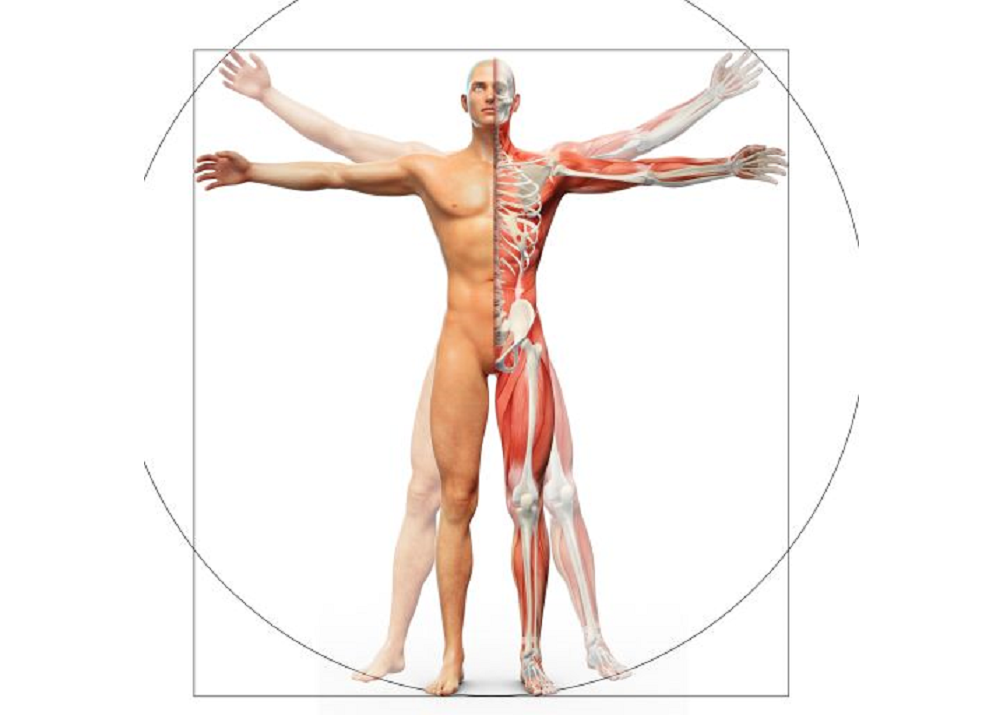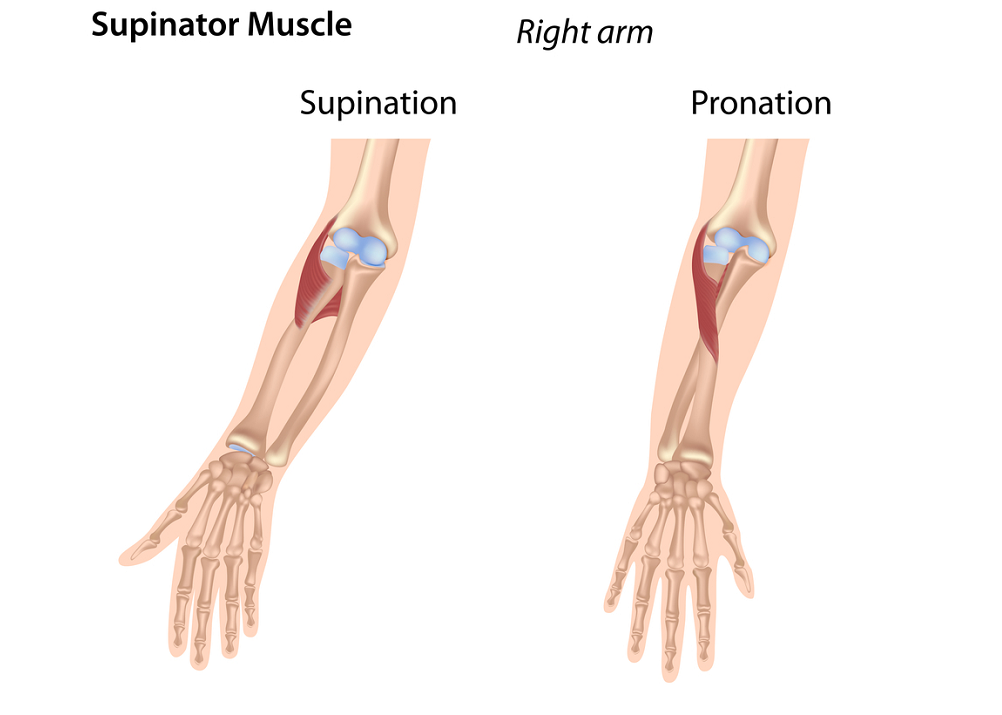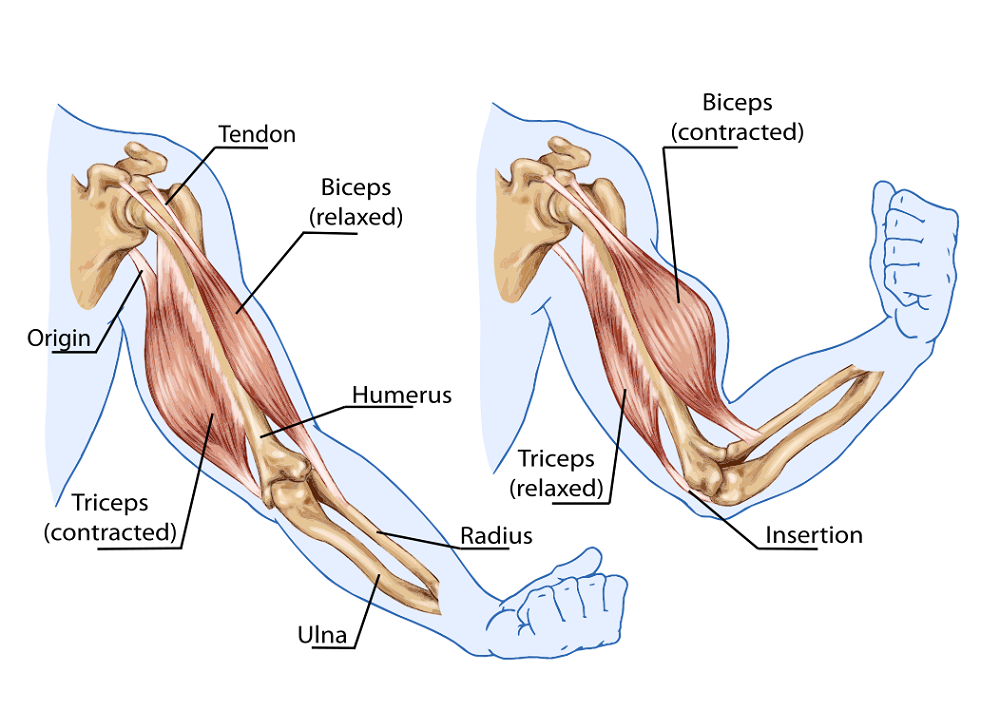Introduction:
In the realm of human sensory perception, we often think of the classic five senses: sight, hearing, touch, taste, and smell. However, there is a lesser-known but equally crucial sense that plays a fundamental role in our daily lives – kinesthesis. This intricate sense, also known as proprioception, enables us to navigate and interact with the world around us through the perception of our body's movements and position in space.
Defining Kinesthesis:
Kinesthesis is the sensory system that allows individuals to detect and comprehend the movement, position, and tension of their muscles and joints. Derived from the Greek words "kinesis" (meaning movement) and "aisthesis" (meaning sensation), kinesthesis is a complex network of receptors and neural pathways that provide the brain with information about the body's physical state.
Components of Kinesthesis:
-
Muscle Spindles: These specialized sensory receptors are embedded within muscle fibers and respond to changes in muscle length and stretch. Muscle spindles play a crucial role in providing real-time feedback to the brain about the position and movement of various body parts.
-
Golgi Tendon Organs: Found in the tendons that connect muscles to bones, Golgi tendon organs are sensitive to changes in muscle tension. They help regulate muscle contractions and prevent excessive force, contributing to overall body awareness.
-
Joint Receptors: Located in and around joints, these receptors provide information about joint position and movement. They contribute to the sense of limb position, helping us coordinate movements with precision.
The Importance of Kinesthesis:
-
Movement Control: Kinesthesis is integral to the coordination and control of voluntary movements. Whether walking, reaching for an object, or typing on a keyboard, the information provided by kinesthetic receptors guides the brain in executing precise and coordinated actions.
-
Spatial Awareness: Kinesthesis allows us to navigate our surroundings with accuracy, helping us understand where our body is in relation to other objects. This sense is especially crucial in activities requiring spatial orientation, such as sports, dance, and everyday tasks.
-
Posture Regulation: Kinesthetic feedback aids in maintaining a stable and balanced posture. The information from muscle spindles, Golgi tendon organs, and joint receptors assists the body in making continuous adjustments to prevent falls or maintain an upright position.
-
Learning and Skill Acquisition: Kinesthesis plays a vital role in the learning and mastery of motor skills. Whether it's playing a musical instrument, learning to ride a bike, or acquiring complex dance moves, the feedback from kinesthetic receptors helps refine and improve motor skills over time.
Conclusion:
Though often overlooked, kinesthesis is a crucial sense that underlies our ability to move, interact with our environment, and navigate the world around us. As we deepen our understanding of this intricate sensory system, we gain insights into the complexities of human movement and the remarkable ways our brain processes information to facilitate coordinated and purposeful actions.



